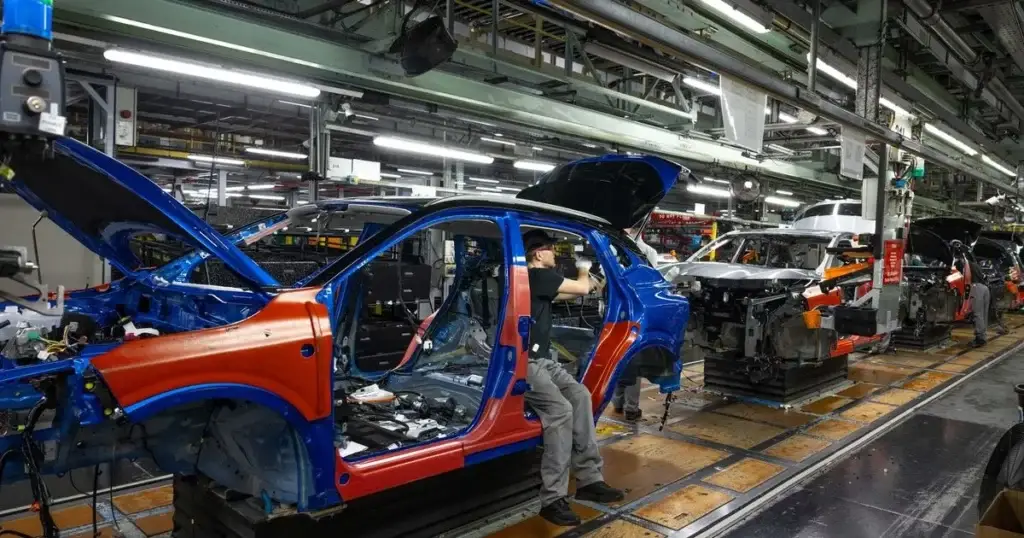Recent reports indicate a significant decline in Nissan’s production output. The month of August witnessed a notable decrease, primarily affecting European markets.
August is generally a slower period due to factory shutdowns, but the depth of this decline marks a substantial trend. Delve into the specifics behind these figures and the broader implications for the automotive industry.
Nissan’s Sunderland plant experienced a significant decrease in production output last month. According to the latest figures, the plant produced 13,374 vehicles in August, reflecting a 22.9% year-on-year decline. This drop is part of a broader global trend affecting Nissan’s factories.
The decline in sales figures was preceded by minor drops earlier in July, underscoring a trend of decreasing demand.
August is typically a slower month for the automotive industry due to factory shutdowns and retooling for new models. However, the recent figures suggest deeper issues at play.
Over £24 billion has been invested in UK automotive manufacturing, largely focused on transitioning to electric vehicle production. A portion of this investment is earmarked for Nissan’s North East operation.
The Sunderland plant is set to become a dedicated facility for electric vehicles, complemented by extensive on-site renewable energy systems to power production.
Nissan’s earnings for the quarter amounted to 2.99 trillion yen (£15.2 billion), indicating serious financial challenges.
Mr. Hawes remains optimistic about a potential return to growth, given the record levels of investment announced last year. However, he emphasized the importance of maintaining competitiveness within the UK industry.
In a strategic move, Nissan announced it has acquired the shares previously owned by Renault, which accounted for a 5% stake in the company.
Nissan’s significant decline in production and sales figures for August underscores the challenges facing the automotive industry. While factory shutdowns and model retooling played a part, deeper issues persist.
Focused investments in electrification and strategic financial adjustments are expected to stabilize and potentially reverse these declines. The industry remains cautiously optimistic about future growth, driven by substantial investments and strategic shifts.


